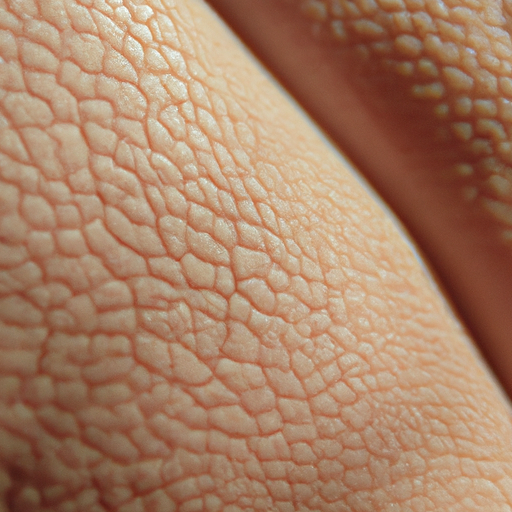Facial peels have been a cornerstone of skincare routines for centuries, dating back to the ancient Egyptians who used sour milk—rich in lactic acid—to achieve a more youthful and radiant complexion. Today, the power of facial peels is harnessed through advanced scientific methods, offering a myriad of benefits that go beyond mere aesthetics. This article aims to unveil the power of facial peels and guide you towards achieving radiant skin.
Facial peels, also known as chemical peels, are treatments that apply a solution to the skin to remove its outermost layers. The skin that grows back is smoother and younger-looking. They can be categorized into three types: superficial, medium, and deep peels, each varying in intensity and depth of skin penetration.
Superficial peels are the mildest type, using alpha-hydroxy acids (AHAs) or beta-hydroxy acids (BHAs) to lightly exfoliate the skin. Medium peels penetrate deeper, using trichloroacetic acid (TCA) to reach the middle layers of the skin. Deep peels are the most intense, using phenol to penetrate the lower dermal layer of the skin.
The power of facial peels lies in their ability to address a wide range of skin concerns. They can help reduce fine lines and wrinkles, improve the appearance of mild scars, treat certain types of acne, and reduce age spots, freckles, and dark patches due to pregnancy or taking birth control pills (melasma). Moreover, they can improve the overall look and feel of the skin, giving it a healthier, more radiant glow.
However, it’s not just about vanity. Facial peels can also have therapeutic benefits. For instance, certain types of chemical peels can help manage conditions like acne or rosacea. They can also enhance the effectiveness of other skincare products by increasing absorption rates. This is because removing the top layer of dead skin cells allows for better penetration of products, making them work more efficiently.
Despite their benefits, it’s crucial to note that facial peels are not without risks. Potential side effects include redness, scarring, infection, change in skin color, and in rare cases, heart, kidney, or liver damage with deep peels. Therefore, it’s essential to consult with a skincare professional or dermatologist before undergoing a facial peel. They can assess your skin type and condition and recommend the most suitable type of peel for you.
Moreover, post-peel care is equally important to ensure optimal results and minimize potential side effects. This includes avoiding sun exposure, using a broad-spectrum sunscreen, keeping the skin moisturized, and refraining from picking or scratching the treated area.
In conclusion, facial peels are a powerful tool in the pursuit of radiant skin. They offer a multitude of benefits, from reducing signs of aging to enhancing the effectiveness of other skincare products. However, they should be approached with caution and always under the guidance of a skincare professional. With the right type of peel and proper post-peel care, you can unveil a healthier, more radiant complexion that truly glows from within.



